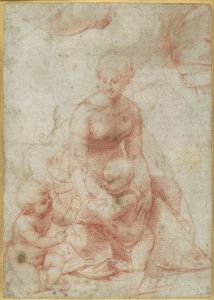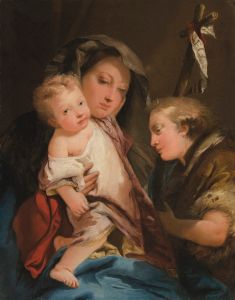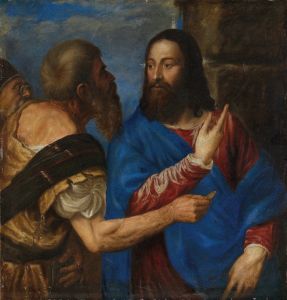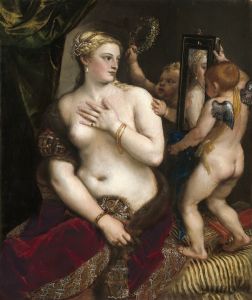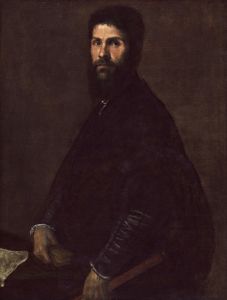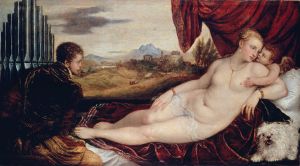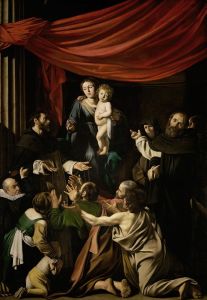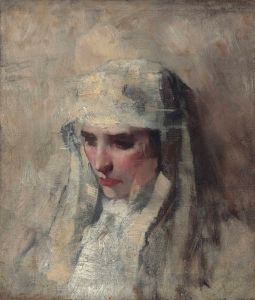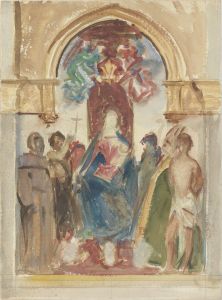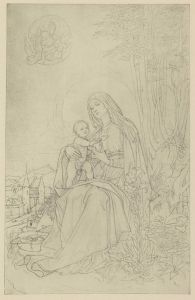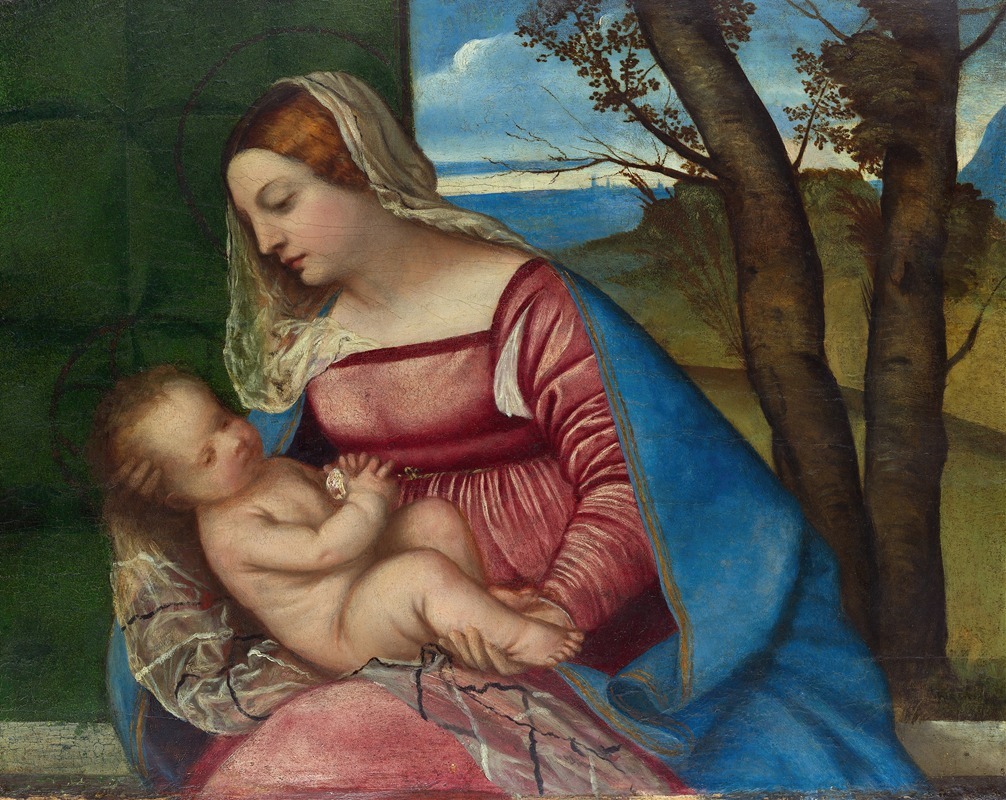
Madonna and Child
A hand-painted replica of Titian’s masterpiece Madonna and Child, meticulously crafted by professional artists to capture the true essence of the original. Each piece is created with museum-quality canvas and rare mineral pigments, carefully painted by experienced artists with delicate brushstrokes and rich, layered colors to perfectly recreate the texture of the original artwork. Unlike machine-printed reproductions, this hand-painted version brings the painting to life, infused with the artist’s emotions and skill in every stroke. Whether for personal collection or home decoration, it instantly elevates the artistic atmosphere of any space.
"Madonna and Child" by Titian is a renowned painting created by the Italian Renaissance master Tiziano Vecellio, commonly known as Titian. This artwork is a significant representation of the Madonna and Child theme, which was a popular subject in Christian art, especially during the Renaissance period. Titian, who was active in the 16th century, is celebrated for his mastery of color, composition, and his ability to convey emotion through his works.
The painting depicts the Virgin Mary, often referred to as the Madonna, holding the infant Jesus. This theme symbolizes the divine motherhood of Mary and the incarnation of Christ, central tenets of Christian theology. Titian's interpretation of this subject is noted for its warmth, intimacy, and the tender relationship between mother and child, which he captures with great sensitivity and skill.
Titian's "Madonna and Child" is characterized by its vibrant use of color and the dynamic composition that draws the viewer's eye to the central figures. The artist's use of light and shadow adds depth and dimension to the painting, enhancing the naturalism and realism for which Titian is renowned. The figures are often set against a serene landscape or an architectural backdrop, which was typical of the period and served to highlight the divine nature of the subjects.
Titian's work on the Madonna and Child theme was influential in the development of Venetian painting. His approach to color, known as "colorito," emphasized the use of rich, vibrant hues and was a departure from the more linear style of his Florentine contemporaries. This technique allowed Titian to create a sense of movement and life within his paintings, making his depictions of religious subjects both accessible and profoundly spiritual.
Throughout his career, Titian painted numerous versions of the Madonna and Child, each with its own unique elements and variations. These works were highly sought after by patrons and collectors, reflecting the popularity and importance of religious imagery during the Renaissance. Titian's ability to infuse these traditional subjects with a sense of humanity and emotion contributed to his reputation as one of the greatest painters of his time.
The exact date of creation for each of Titian's Madonna and Child paintings can vary, as he revisited this theme multiple times throughout his career. However, his works in this genre consistently demonstrate his evolving style and mastery of the medium. Today, many of Titian's Madonna and Child paintings are housed in major museums and collections around the world, where they continue to be studied and admired for their artistic and historical significance.
In summary, "Madonna and Child" by Titian exemplifies the artist's exceptional talent and his contribution to the Renaissance art movement. Through his innovative use of color and composition, Titian was able to convey the sacred and the human aspects of his subjects, leaving a lasting impact on the art world and influencing generations of artists who followed.





